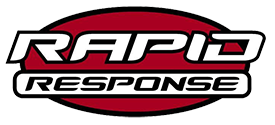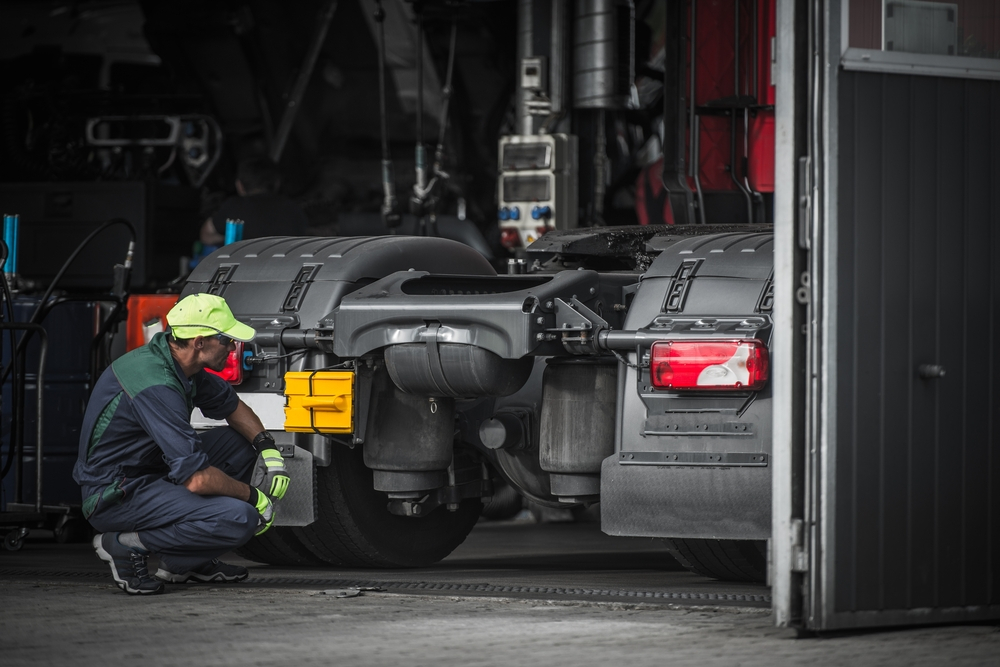Truck driving is a challenging and dangerous profession. To drive professionally with a commercial driver’s license (CDL) calls for a high level of skill, a heavy burden of duty for the welfare of others, and a healthy dose of good sense.
It’s crucial always to put safety first. It’s the one thing that can save you from passing out the next time a scary situation occurs while driving.
Before we jump to the truck driving safety tips for professional CDL drivers, know what CDL is.
What is Commercial Driving License?
The experience, skills, and physical qualities needed to operate a Commercial Motor Vehicle (CMV) are higher than those required to operate a non-commercial vehicle.
Commercial drivers are held to stricter standards on the road, and to prove they meet those requirements, applicants must take and pass a series of tests designed to gauge their knowledge and proficiency behind the wheel.
Furthermore, drivers with a commercial driver’s license are held to a greater level than the general public when it comes to driving a vehicle on public highways. A commercial driver’s license (CDL) holder’s ability to keep their license may be jeopardized by a history of serious traffic infractions.
Truck Driving Safety Tips for Professional CDL Drivers
Driving Defensively
Since you can’t guarantee the safety of other drivers on the road, the best way to protect yourself is to practice defensive driving. Many truckers believe that the general public lacks the knowledge necessary to drive safely near a large truck.
University of Michigan Transportation Institute research indicates that between 81% and 91% of commercial vehicle accidents are caused by passenger vehicles. Here are a few defensive driving pointers to keep you on track:
- Remain calm.
- Learn to recognize your blind spots and keep them in mind.
- Always keep a safe distance behind other vehicles.
Maintenance Schedules
Keeping trucks in good working order is the first step in ensuring the safety of drivers and passengers. Driving issues are more common in commercial trucks that aren’t serviced routinely.
Telematics systems provide a live readout of the vehicle’s mileage and engine data, as well as error codes. Preventive maintenance is an essential part of fleet management. Some examples are:
- Making a plan for inspections
- Examining Reports from Drivers
- Performing a Vehicle Condition Check
- Keeping Tires in Good Shape, air pressure, etc.
- Oil changes should be performed routinely
- Fuel administration
To avoid costly repairs down the road, mechanics can use the information gathered from your telematics system to construct a comprehensive preventative maintenance program based on factors such as vehicle miles, service intervals, and repair records.
Furthermore, they can receive immediate notifications once fault codes are detected. Keeping on top of routine maintenance and doing preventative repairs will keep your vehicle running smoothly and save you money.
Complete Both Pre-Trip and Post-Trip Checks
Pre- and post-trip inspections of commercial vehicles are just as important as routine maintenance for ensuring their reliability and safety. Before hitting the road, drivers can check for any problems with their vehicles using these examinations.
When starting a new day or shift, it’s important to perform a pre-trip inspection. They enable motorists to examine critical elements of their vehicles, such as fluid levels and tire pressure, at any time. Every day or shift ends with a post-trip inspection. They give drivers a chance to report new issues that arise during a trip and check in on the status of previously reported ones.
Use Tools to Help You Respond to Changes in Road Conditions
Keep up with the latest weather forecasts, traffic reports, and road conditions with the help of modern technology. Most commercial vehicle & truck routing software are ideal for long-haul truck drivers that travel across many regions or states in a matter of days.
The program utilizes real-time information to assist drivers in avoiding hazardous situations like traffic, bad weather, and other drivers.
The tool will help you plan ahead for your trip and optimize your route to ensure the safest trip possible by highlighting potential risks and regions of heavy traffic.
Remember to take regular breaks and get plenty of sleep.
When truck drivers are overworked, accidents are more likely to happen. Even if you’ve gotten enough sleep, staying awake on a lengthy drive might be challenging.
According to HOS regulations, drivers of commercial motor vehicles (CMVs) must stop working for set periods of time.
Beyond mandatory time off, adequate rest is essential. This includes pulling over for longer naps if you find yourself nodding off behind the wheel or needing to recover from intoxication. While this may extend your “On-Duty” time, it has the potential to prevent fatigue-related truck accidents greatly.
If you’re driving and dozing off, it’s essential to find a safe area to pull over. Once you’ve pulled over, you can rest for a while or go for a stroll to reawaken your senses.
Plan the safest route with the help of real-time GPS tracking & route optimization.
Any truck driver who values his or her safety on the road should immediately adopt the use of a route planner that includes GPS tracking. In addition to guiding you away from harm, it can also be used to plot out the most suitable path for your travels.
Most motorists can handle the route planner’s consideration of weather conditions, weight restrictions, traffic patterns, tunnels, bridges, and efficient routes for multi-stop excursions.
In the event of an unexpected breakdown, you can contact a repair staff or tow truck easily if you always know your precise location.
There is evidence that using GPS, maps, and navigation apps can cut travel time by up to 30 percent and that route planning time can be cut by even more than half.
Record Critical Events with Your Vehicle’s Dash Cam
In the event of an incident, it is crucial to have proof to support your claims. Having a dash cam might be useful in this situation.
To record your travels while behind the wheel of a vehicle, you can use a dash cam, a small camera designed specifically for this purpose. There’s a solid reason why these gadgets are gaining in popularity among professional truck drivers.
A dashcam’s versatility extends beyond its use as an accident defense tool to include recording instances of road rage and other forms of aggressive driving. Additionally, truck drivers who install dash cams in their trucks may be eligible for premium discounts from certain insurers.
Conclusion
These Truck Driver Safety Tips will prove helpful. Visit our blog for more content on CDL safety-related topics. Each month, we publish new material to provide you with the latest and greatest trucking knowledge.

